15 First Steps to Building a House
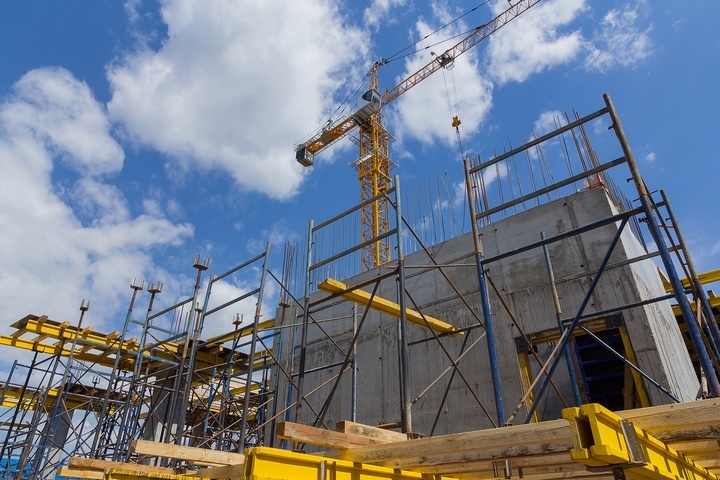
So many soon-to-be homeowners are looking at the possibility of building their own homes. It’s exciting deciding to build a house. You can design almost anything with a blank canvas so long as it fits under budget. As creative as it sounds, there’s also a lot of work that goes into it.
Here are among the first steps to building a house that any custom home builders Niagara will recommend:
Step #1: Find and purchase land
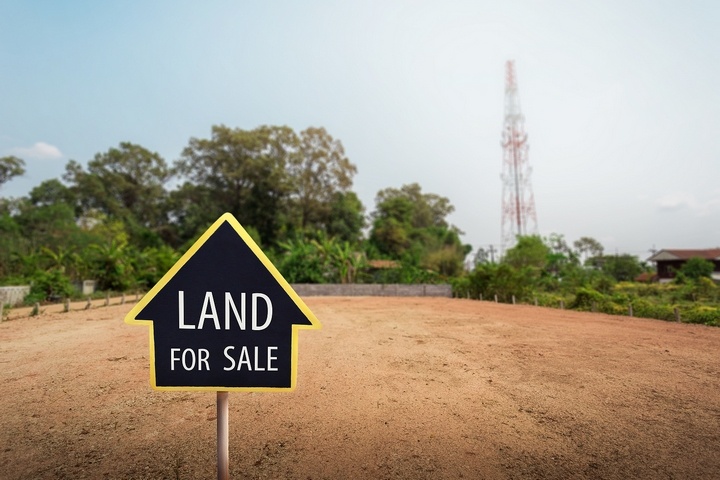
The first step to building a house has nothing to do with construction. It’s buying a plot of land. The land you purchase should have the features you want, access utilities, and be properly zoned.
Step #2: Consider type of home build

There are lots of ways to build your own house. You can invest all the time and effort independently, connect with a home developer building a community of homes and make customizations with them directly, or you can hire a custom home builder to build the home for you according to the direction you give.
Step #3: Paperwork and project management

As you decide on a design for your home, you will need to procure the labour and materials, schedule subcontractors, put together a schedule, and get the permits you need from your municipality to do the work. Permits you might need include building, electrical, plumbing, HVAC, and others.
Step #4: Prepare your lot
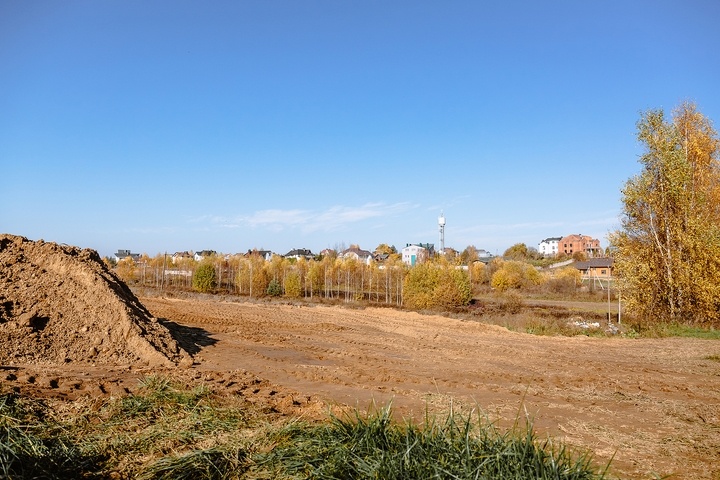
When you’re ready to work on the labour, the first step is clearing the property. Remove debris, trees, rocks, and anything else that could interfere with the building. After the land’s cleared, the next step is to level the ground. This could include grading dips and hills. This prep work provides you with a flat surface to work on.
Step #5: Pour the house foundation
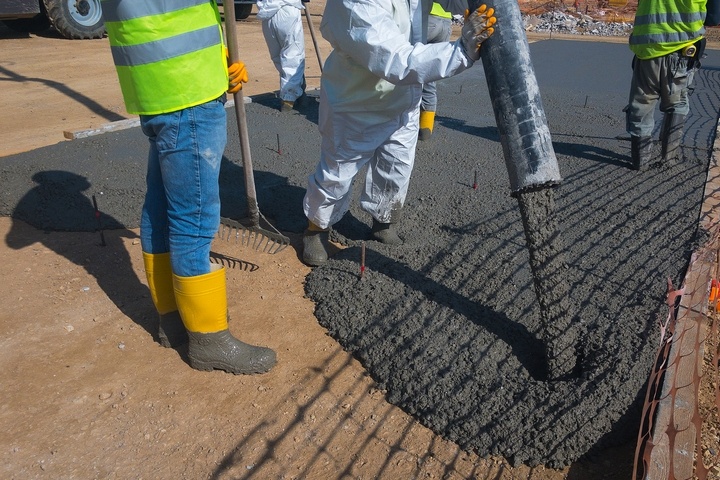
If applicable, you will start by digging holes and trenches for the foundation and utilities. Before pouring the foundation, footings need to be put in to ensure equal weight distribution. Foundation design should accommodate the slab, crawlspace, or full basement you’ve designated for your property. Remember that curing concrete can take up to 60 days, depending on the weather.
Step #6: Install plumbing and electrical
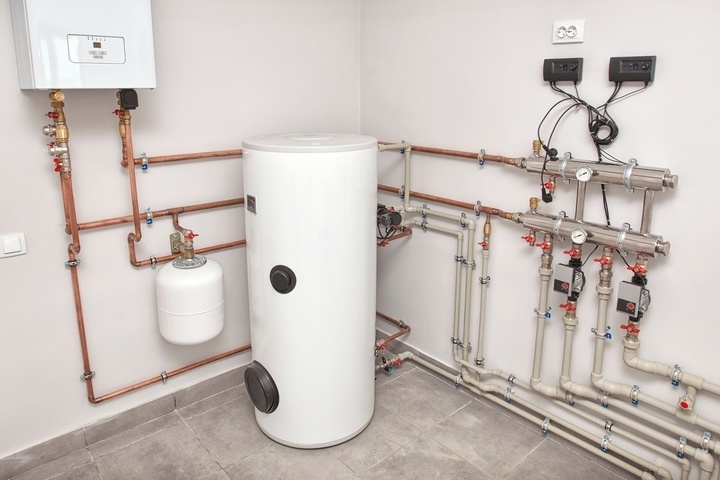
Next, the first floor will install drains, sewer lines, water taps, and plumbing. An inspection is required to ensure the foundation has been done correctly and that all plumbing and electrical work is up to code.
Step #7: Build the frame of your home
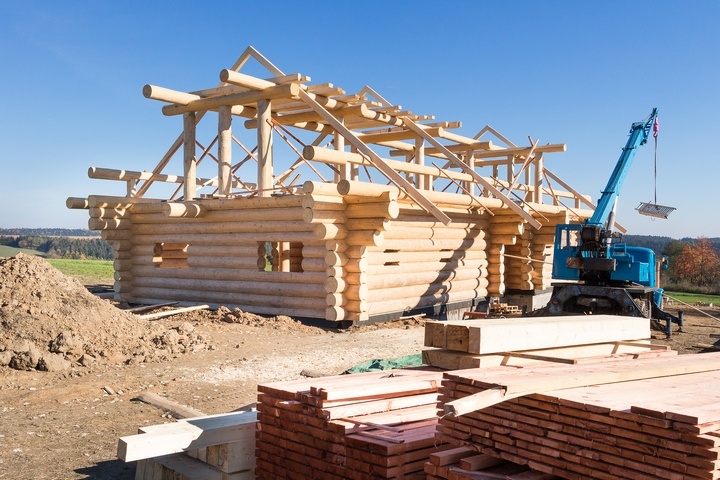
Once the foundation is in, the first step to building a house is creating and erecting the frame. This includes frames for the walls, flooring, ceiling, and roof trusses, typically taking 1-2 weeks to complete.
Step #8: Apply sheathing to exterior walls
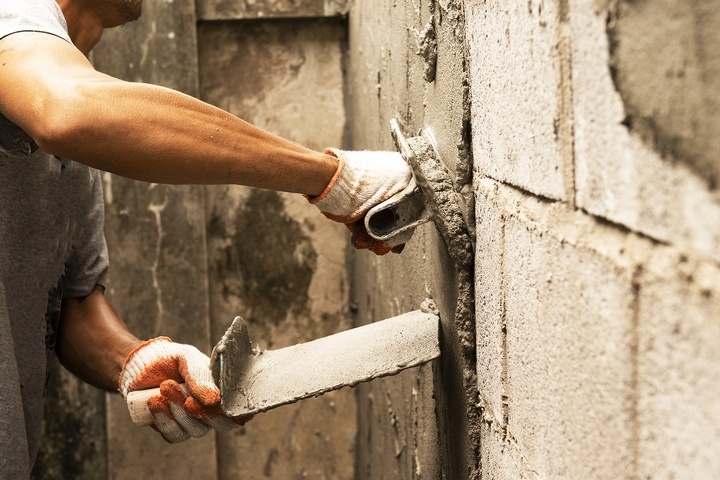
The sheathing is large sheets of wood or board nailed to the frame to give the structure more strength. After the sheathing is up, it’s time to put up the protective cover you may have seen before on new home builds. This ‘house wrap’ protects the underlying wood and prevents moisture from causing mould or wood rot.
Step #9: Install windows and doors
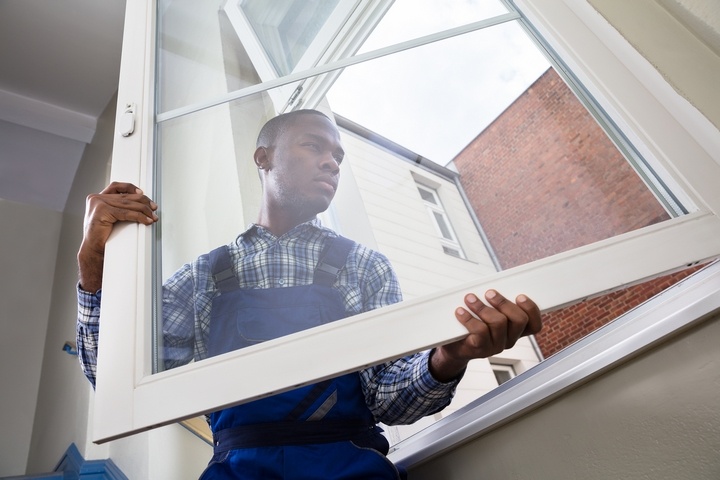
You can put in windows and exterior doors at this stage, keeping in mind how to make this energy-efficient and the impact they have visually on your property’s finished look and style.
Step #10: Install HVAC, Plumbing, and Electrical
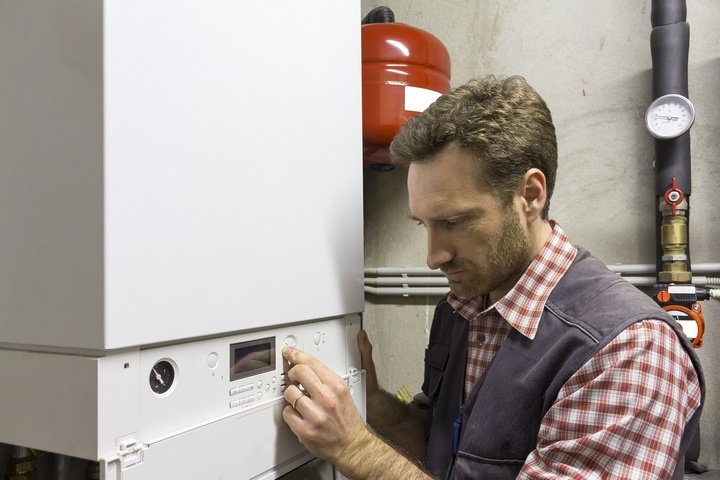
Next, you will need an HVAC technician to install HVAC ductwork throughout your home. A plumber will also need to be hired to run pipes to any bathroom, kitchen, or laundry room on the property. You can also put in the sewer lines, vents, and bathtubs at this point.
Lastly, electrical work needs to be done, including all electrical wires, panels, fans, lights, electrical outlets, and more. HVAC, plumbing, and electrical will have to pass inspections to ensure everything’s in proper working order and completed to the relevant building code.
Step #11: Install your roofing
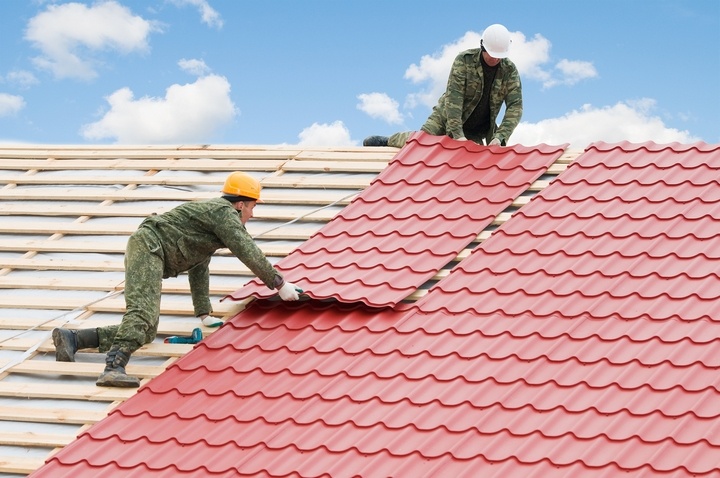
It’s time for the roof to be installed. There are many types of roofing for new home builds, from aluminum roofing to clay or concrete tile, slate, wood, asphalt shingles, and more.
Step #12: Install your home insulation
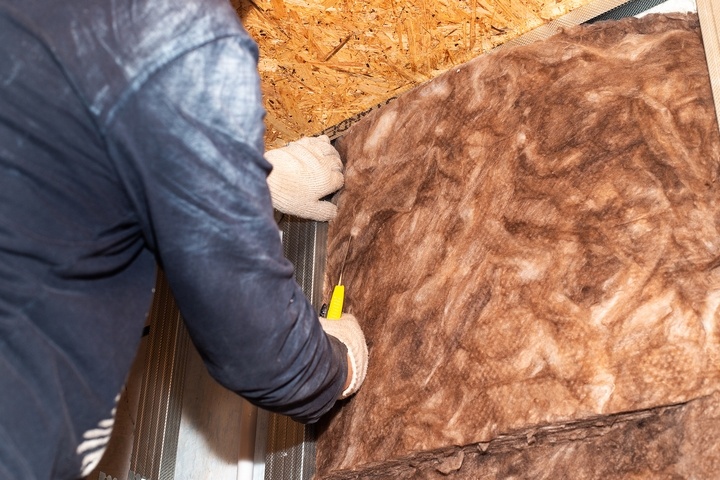
Where you put insulation will rely on the home’s location. Insulation is typically applied to interior walls, exterior walls if it isn’t already underneath the sheathing, and in any attic, basement, or crawlspace you have.
Step #13: Drywall, paint & exterior finishes
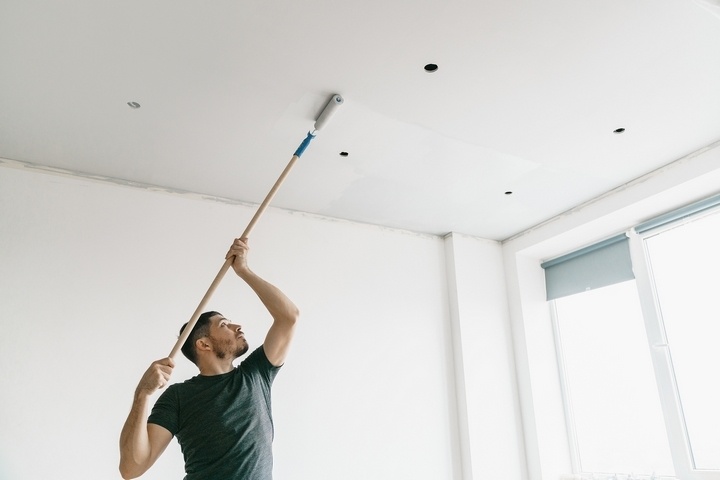
Drywall is put up. The walls are then primed and painted. Next comes installing the siding and exterior finishes on your home.
Step #14: Flooring and window sills
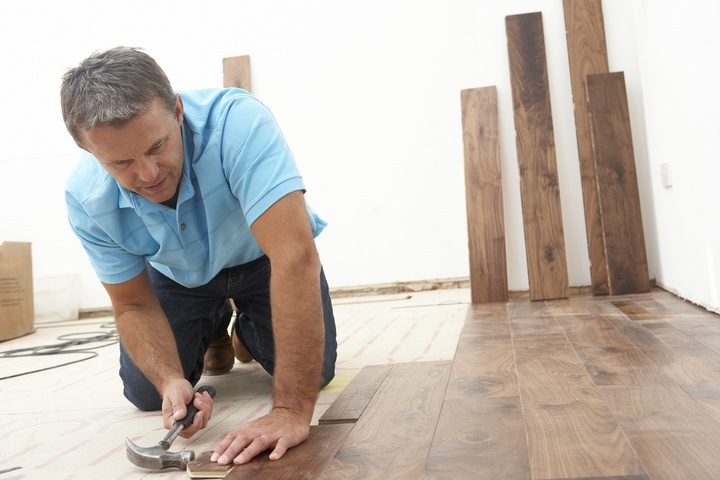
As you near the closing moments of building a house, you can lay all your flooring after the paint’s dry. After that, a builder typically tackles installing trim around all windows and doors and anywhere else.
Step #15: Finishing touches
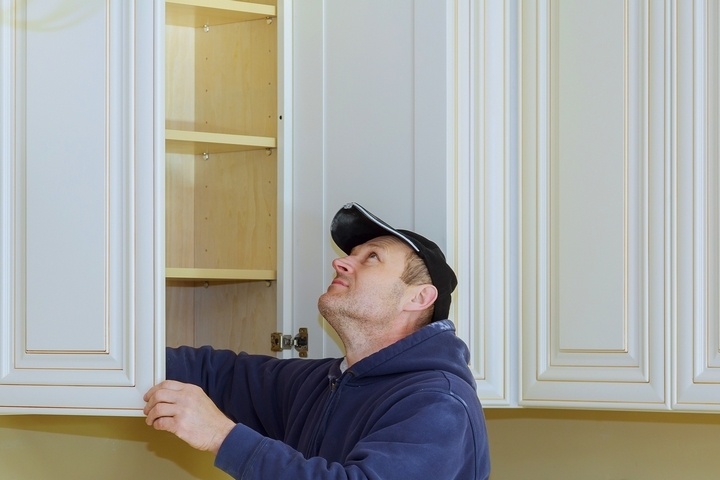
Now that it’s finally looking like ‘your home,’ the last steps are installing the finishing touches. Cabinets and vanities are put in. Then, light fixtures. Kitchen countertops and appliances are installed. Bathroom fixtures, i.e. faucets, showerheads, and toilets, are added next. The landscaping is last, with walkways, decks or patios, and the like being put in. After a final home inspection, you will be ready to enjoy your new home.



















